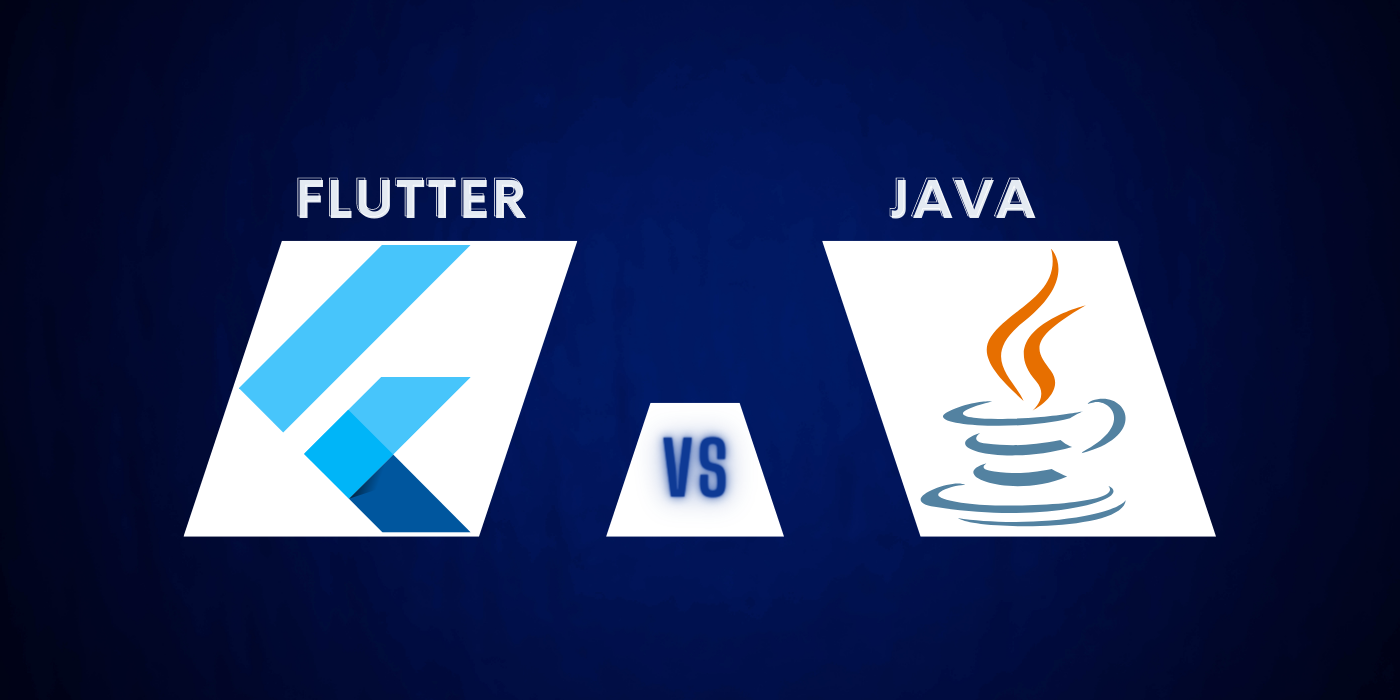When developing a mobile app, there are a few options. Java and Flutter are two of the most widely used alternatives.
You can create modern apps faster and easier with these frameworks. But which one should I pick?
Features.
Java is one of the oldest and most widely used object-oriented general-purpose programming languages. It offers numerous libraries for desktop, mobile, and web applications. For developers, the language is quick, safe, and simple to learn.
Using a single code base, developers can create cross-platform apps with Flutter, an open-source UI framework. Because of this, they are able to develop robust enterprise-grade apps for iOS and Android that is compatible with both platforms without the need for a distinct development environment.
Additionally, developers can take advantage of Flutter's hot reload feature to instantly observe application changes without having to recompile them. The development of apps is significantly accelerated by this method.
Additionally, Flutter is well-known for its high performance and scalability, making it an excellent choice for large-scale projects. Additionally, it has a large selection of widgets that can be used to create apps with appealing user interfaces and responsive graphics.
Difficulties.
Using Java and Flutter presents some difficulties. Developers, on the other hand, are able to overcome these issues with the assistance of a robust community and documentation.
Size is one of the biggest issues when creating apps for mobile devices. This issue is particularly prevalent on older devices with limited memory storage.
It is essential to select the appropriate technology when attempting to develop an application with a small file size. Because it combines object-oriented and native programming in a single package, Flutter, for instance, is an excellent choice for developing applications that run on multiple platforms.
Flutter's use of Dart, a Google-developed client-optimized object-oriented programming language, is one of its distinguishing characteristics. It is directly compiled into the desktop, iOS, and Android native code. It can do this without having to use a JavaScript bridge, which can cause problems with performance.
Best.
Flutter is a platform-independent app development framework. As a result, creating apps that are compatible with both iOS and Android is now much simpler than before. It also makes it possible for app developers to use the same code base on Windows, Linux, and macOS platforms.
To create applications, Flutter makes use of Google's Dart programming language. It is an object-oriented, client-optimized language that allows for Ahead-of-Time (AOT) compilation to native machine code, which speeds up performance and reduces development time.
It's additionally an amazing decision for creating web applications in view of its tight biological system and development. Additionally, it has static type annotations that prevent runtime type errors and catch errors early.
Flutter's ability to share UI and business logic with other platforms is another great feature that saves developers time and effort. Additionally, it eliminates the need for a JavaScript bridge to communicate with the platform, which improves app performance and startup times.
Conclusion.
Flutter and Java are two of the best frameworks available for developing mobile apps. Both of them can be utilized to create apps for the Android and iOS platforms and offer distinct advantages. However, when choosing between them, there are numerous factors to take into account.
Flutter is a framework for developing apps for a variety of platforms that are based on Dart, an object-oriented programming language created by Google. The language is optimized for the client and supports Ahead Time (AOT) compilation, which enables developers to create apps that run faster and are more responsive.
Static type annotations in the aforementioned language permit code refactoring and early detection of runtime errors. Isolates and Streams are two additional features that enable developers to handle data that arrives over time, avoid blocking UI threads, and perform computations in parallel. Lastly, Flutter's UI materialism is its most impressive feature. Material Design cues like consistent navigation patterns and cohesive visuals are made possible by this collection of components and tools, which designers can use to create beautiful, scalable, and functional user interfaces.


